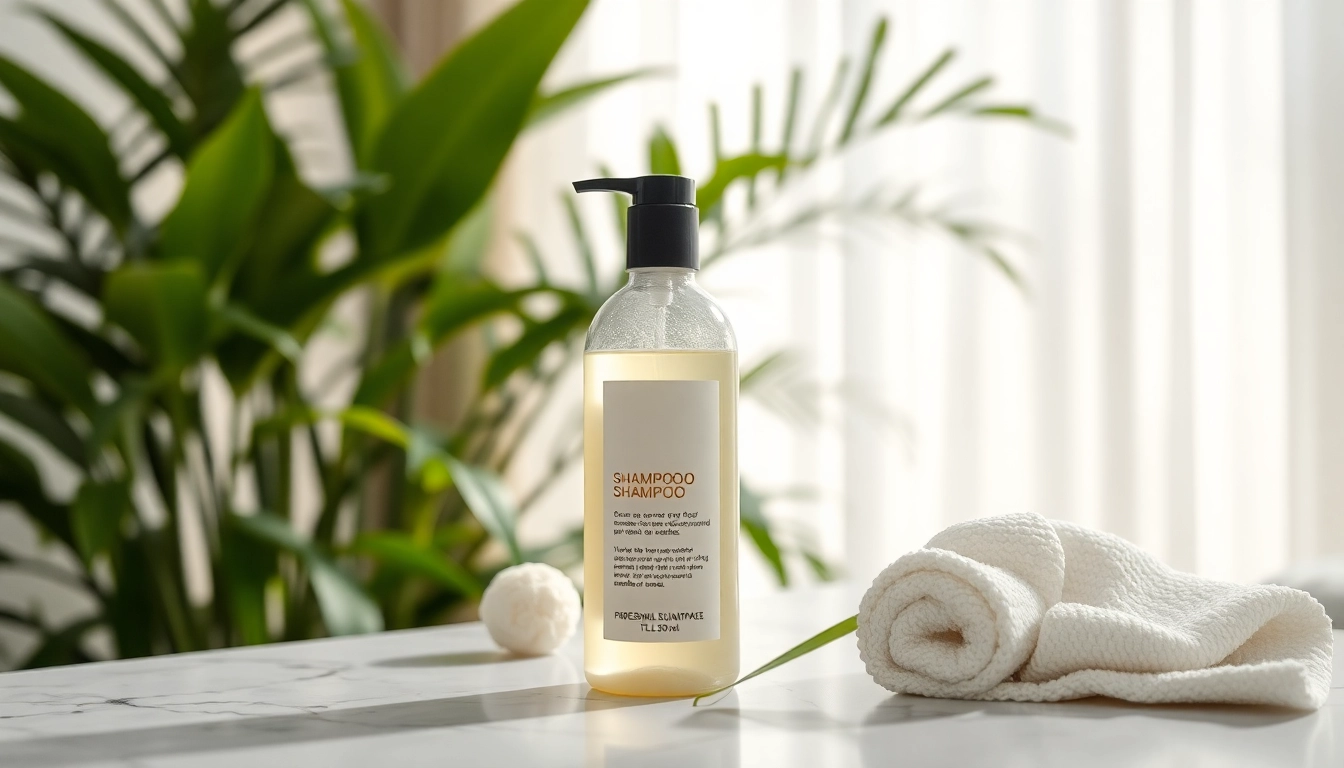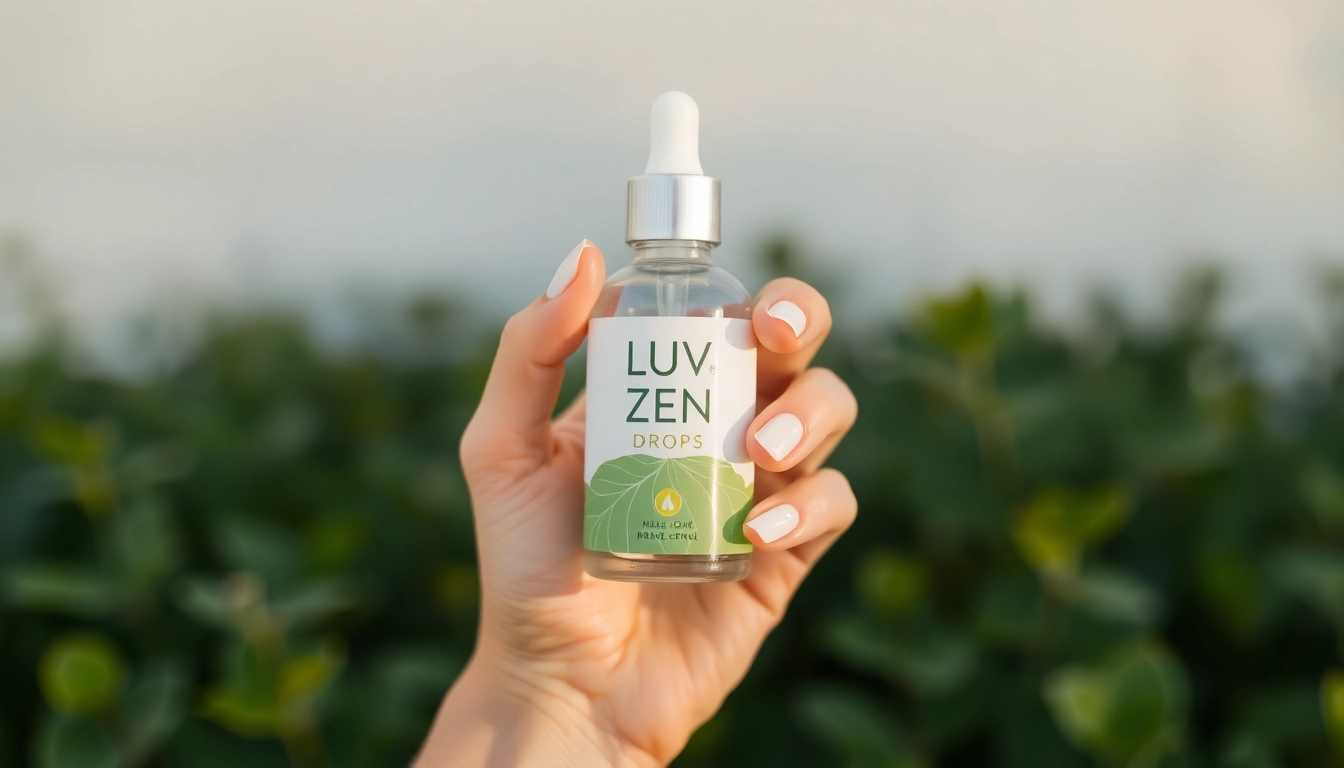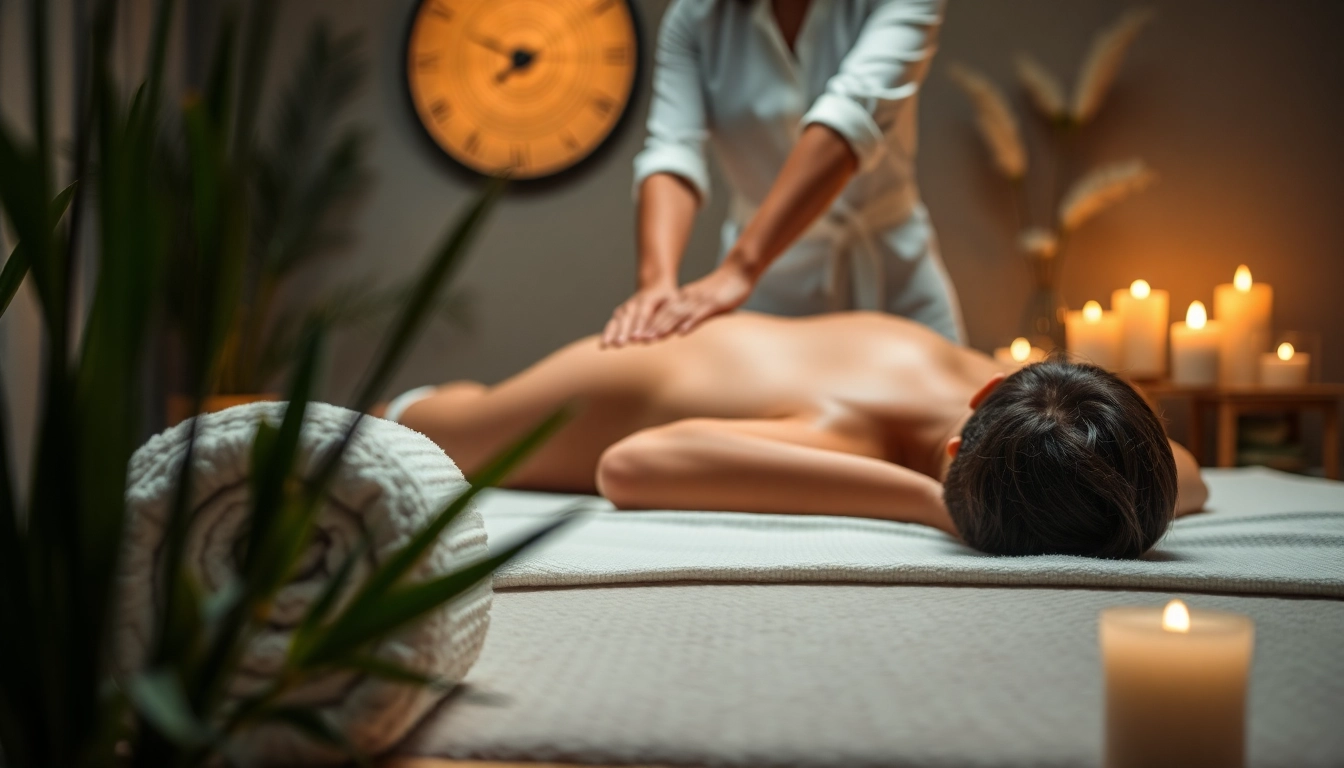Understanding Alopecia: Causes and Types
What is Alopecia?
Alopecia is a medical condition that results in hair loss, which can affect individuals of any age, gender, or ethnicity. It is commonly referred to as baldness and can manifest in various forms, ranging from complete hair loss to thinning hair. This condition can be psychologically impactful as it affects not just the appearance but often the self-esteem and confidence of the affected individuals. Understanding alopecia is crucial for those seeking treatment options, including the best shampoo for alopecia.
Different Types of Alopecia
Alopecia can be classified into several types, each with distinct characteristics:
- Alopecia Areata: This type manifests as sudden, patchy hair loss, typically occurring on the scalp but can also affect other areas of the body.
- Alopecia Totalis: A more advanced form where there is a complete loss of hair on the scalp.
- Alopecia Universalis: The most severe type, leading to total body hair loss, including eyebrows and eyelashes.
- Androgenetic Alopecia: Commonly known as male or female pattern baldness, this is a hereditary condition that typically occurs gradually and in predictable patterns.
- Cicatricial Alopecia: Also known as scarring alopecia, it destroys hair follicles and replaces them with scar tissue, leading to permanent hair loss.
Common Causes and Triggers
The exact cause of alopecia, particularly alopecia areata, is still not fully understood, but it is believed to be an autoimmune condition. Below are some common causes and triggers:
- Genetics: A family history of alopecia can increase the risk of developing the condition.
- Autoimmune Disorders: Conditions like lupus and thyroid disorders are known to correlate with alopecia.
- Hormonal Changes: Changes due to pregnancy, menopause, or thyroid issues can precipitate hair loss.
- Stress: Physical or emotional stress can trigger hair loss or exacerbate existing conditions.
- Medical Treatments: Chemotherapy or radiation treatments for cancer can lead to temporary alopecia.
Role of Shampoo in Managing Alopecia
How Shampoo Affects Hair Health
Shampoo plays a significant role in maintaining the health of the scalp and hair, particularly for those experiencing alopecia. The primary function of shampoo is to cleanse, removing dirt, oil, and product buildup that can affect hair growth. However, the ingredients in shampoos can either positively or negatively impact hair health. Shampoos specifically formulated for alopecia can help by:
- Promoting Scalp Health: A healthy scalp is crucial for hair growth. Shampoos that target dandruff or inflammation can contribute to a healthier hair-follicle environment.
- Strengthening Hair: Ingredients such as biotin, keratin, and various botanical extracts can fortify hair strands and prevent breakage.
- Stimulating Hair Follicles: Some formulations include stimulants like caffeine, which can help promote circulation in the scalp and encourage hair growth.
Ingredients to Look for in Alopecia Shampoos
When selecting a shampoo for alopecia, it is essential to pay attention to the ingredients. Consider looking for the following:
- Biotin: Known for its role in keratin production, biotin may help support hair strength and growth.
- Natural Oils: Oils such as jojoba, argan, and coconut are excellent for moisturizing and nourishing both the scalp and hair.
- Herbal Extracts: Ingredients like saw palmetto and ginseng are reputed to support hair growth and health.
- Amino Acids: They help in building keratin, which is essential for strengthening hair.
- Tea Tree Oil: This oil can help combat dandruff and scalp inflammation, thus fostering a healthier environment for hair growth.
Ingredients to Avoid
While some ingredients promote healthy hair, others can hinder progress or exacerbate issues related to alopecia. Avoid shampoos containing:
- Sulfates: These harsh detergents can strip the scalp of natural oils, leading to dryness and irritation.
- Parabens: Used as preservatives, parabens can cause allergic reactions and may have hormonal effects.
- Artificial Fragrances: These can cause irritation and allergic reactions, counteracting any beneficial effects of the shampoo.
- Alcohol: Certain alcohols can dry out the scalp and hair, potentially leading to more hair loss.
Top Shampoo Recommendations for Alopecia
Best Anti-Hair Loss Shampoos
Below, we explore some of the most highly-rated anti-hair loss shampoos designed for those dealing with alopecia:
- Biotin Shampoo by Maple Holistics: This shampoo is enriched with biotin, offering support for hair thickening and overall health.
- Revita Hair Growth Shampoo: Combining caffeine with a blend of nourishing ingredients, this shampoo aims to stimulate hair follicles and promote growth.
- OGX Thick & Full Biotin & Collagen Shampoo: With biotin and collagen, this formula is geared toward creating volume and preventing breakage.
- PURA D’OR Original Gold Label Anti-Hair Thinning Shampoo: This popular choice is known for its unique blend of herbal ingredients that strengthen and nourish hair.
Natural Shampoos for Alopecia
If you prefer more natural approaches, several shampoos focus on organic ingredients:
- 100% Pure Hair Tea Tree Scalp Treatment: This shampoo utilizes natural tea tree oil to nourish the scalp and promote a healthy environment for hair growth.
- Shea Moisture Jamaican Black Castor Oil Shampoo: Known for its hydrating properties, this shampoo is excellent for misuse-prone hair types while supporting a healthy scalp.
- Burt’s Bees Natural Shampoo: A gentle formula made with natural ingredients intended to enhance the health of the scalp while cleansing without harsh chemicals.
User Reviews and Recommendations
User experiences provide valuable insights into how well a shampoo performs. While individual results will undoubtedly vary, some common themes emerge:
- Many users of biotin-infused shampoos report a noticeable improvement in thickness and strength.
- Shampoos with natural ingredients receive praise for their gentle formulation, reducing irritation and promoting scalp health.
- Users often express satisfaction with products successfully minimizing hair fall and promoting hair growth over an extended period.
Best Practices for Using Shampoo for Alopecia
Application Techniques
Proper application of shampoo can significantly affect its efficacy in managing alopecia:
- Wet Your Hair Thoroughly: Begin by ensuring your scalp and hair are completely wet to facilitate even distribution of the shampoo.
- Use a Small Amount: A quarter-sized amount is generally sufficient, depending on hair length and thickness.
- Massage Gently: Apply the shampoo and massage it into your scalp using your fingertips. Avoid using nails, which can irritate the scalp.
- Let It Sit: For maximum benefits, allow the shampoo to sit for a few minutes to absorb into the scalp and hair follicles.
- Rinse Thoroughly: Ensure all shampoo remnants are rinsed out to prevent buildup, which can lead to irritation.
Shampoo Routine Tips
A consistent shampooing routine can enhance effectiveness:
- Frequency: Depending on your scalp’s condition, aim for shampooing 2-3 times a week. Over-shampooing can strip oils; under-shampooing can lead to buildup.
- Temperature: Use lukewarm water as hot water can strip oils and dry out the scalp and hair.
- Follow Up with Conditioner: Always use a suitable conditioner after shampooing to lock in moisture and prevent breakage.
Complementary Treatments
Incorporating additional treatments can enhance the benefits of shampoo:
- Scalp Massages: Regular massages can help stimulate blood flow to the hair follicles.
- The Use of Hair Serums: Infusing essential nutrients through hair serums post-shampooing can help nourish and protect hair.
- Diet and Supplements: Eating a balanced diet rich in vitamins and minerals crucial for hair health is essential. Consider biotin or other supplements after consulting a healthcare professional.
Tracking Progress and Making Adjustments
Signs of Improvement
Monitoring progress when using shampoos for alopecia is essential. Look out for the following signs:
- Decreased Shedding: Noticeably less hair fall during washing or in your brush could signify improvement.
- New Hair Growth: Small hairs may begin to appear, particularly in areas where hair loss has occurred.
- Improved Scalp Health: A reduction in itchiness or flakiness could indicate healthier scalp conditions.
When to Consult a Professional
If you are not experiencing any signs of improvement after a few months, it may be time to consult a dermatologist or a trichologist. Professional evaluations can determine if the shampoo is suitable for you or if other treatments are necessary.
Adapting Your Hair Care Routine Over Time
Your hair care routine should be flexible and adapt to your changing needs:
- Pay Attention to Changes: If your hair or scalp condition changes, reassess the products you are using.
- Experiment with Types: Don’t hesitate to try different shampoos or natural remedies to find what works best for you.
- Stay Informed: Keep reading and learning about advancements in hair care to stay ahead of your treatment options.



